Where Nature’s Greatest Show Unfolds
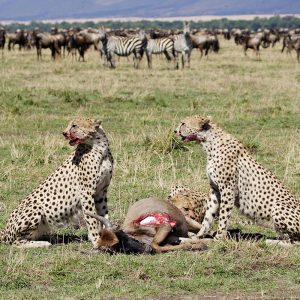
If there’s one place on Earth that perfectly embodies the untamed beauty of Africa, it’s Serengeti National Park in northern Tanzania. Spanning an impressive 14,750 square kilometers, the Serengeti is a UNESCO World Heritage Site and one of the oldest ecosystems on the planet, barely changed for millions of years. It’s here that nature performs its most breathtaking drama — the Great Migration — a spectacle that attracts travelers from every corner of the globe.
A Land of Endless Plains
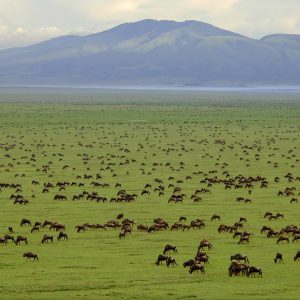
The word Serengeti comes from the Maasai phrase Siringet, meaning “endless plains.” And indeed, this vast expanse of grassland stretches as far as the eye can see, dotted with iconic acacia trees, rocky outcrops called kopjes, and winding rivers that sustain life even in the harsh dry season.
The park is divided into three main regions:
- Serengeti Plains (South) – Known for short-grass savannah and incredible predator sightings, especially during the wildebeest calving season in January and February.
- Western Corridor – Defined by the Grumeti River and seasonal crocodile-infested crossings.
- Northern Serengeti – A remote wilderness where wildebeest brave the perilous Mara River crossing around July to October.
The Great Migration: A Natural Wonder
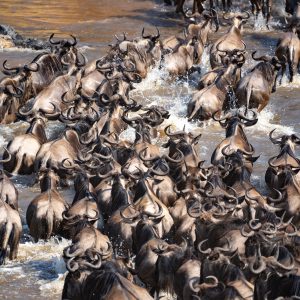
The Serengeti is most famous for hosting the world’s largest mammal migration, with over 1.5 million wildebeest, 250,000 zebras, and thousands of gazelles moving in a circular journey in search of fresh grazing. This journey is fraught with danger: crocodiles lurking in rivers, big cats stalking the herds, and exhaustion taking its toll. Yet, it’s this very danger that makes the migration such an awe-inspiring event — the ultimate story of survival.
Wildlife Beyond Imagination

While the migration steals the spotlight, Serengeti’s resident wildlife ensures that every safari is spectacular year-round.
- Big Cats Galore – Lions, leopards, and cheetahs are abundant, earning Serengeti its reputation as Africa’s best big-cat viewing destination.
- Elephants, giraffes, and buffaloes wander the savannah, while hyenas, jackals, and wild dogs add excitement to predator sightings.
- Birdwatching paradise – Over 500 species of birds, including ostriches, secretary birds, lilac-breasted rollers, and crowned cranes, make this a dream for bird lovers.
Cultural Encounters with the Maasai
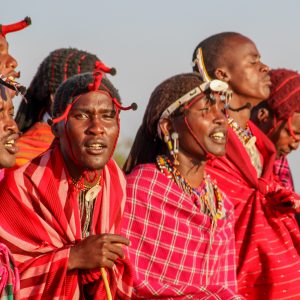
No visit to Serengeti is complete without meeting the Maasai people, the semi-nomadic pastoralists who have coexisted with wildlife for centuries. Their villages (called bomas) near the park offer insight into their traditions, beadwork, music, and deep respect for nature.
When to Visit Serengeti National Park
- December–March – Best for the wildebeest calving season in the south.
- June–July – Best for Grumeti River crossings in the west.
- July–October – Best for Mara River crossings in the north.
- Year-round – Excellent game viewing, as predators and resident species never leave.
How to Experience Serengeti
Visitors can explore by 4×4 game drives, hot air balloon safaris at sunrise, or guided walking safaris for an up-close feel of the wilderness. Accommodation ranges from luxury lodges and tented camps to budget-friendly campsites, ensuring something for every traveler.
A Journey of a Lifetime
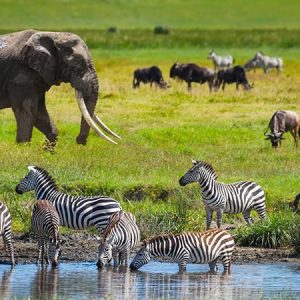
Whether you’re witnessing the raw drama of a wildebeest crossing, locking eyes with a leopard lounging on a tree branch, or simply watching the sun set over the golden plains, Serengeti National Park is not just a destination — it’s an experience that stays with you forever.
If you want to see Serengeti’s wonders firsthand — from roaring lions to the thunder of migrating herds — contact Avents Safaris for tailor-made wildlife adventures that bring you closer to the heart of Africa.

